I Finally Watched A24's Civil War And There Is One Scene I Can't Stop Thinking About
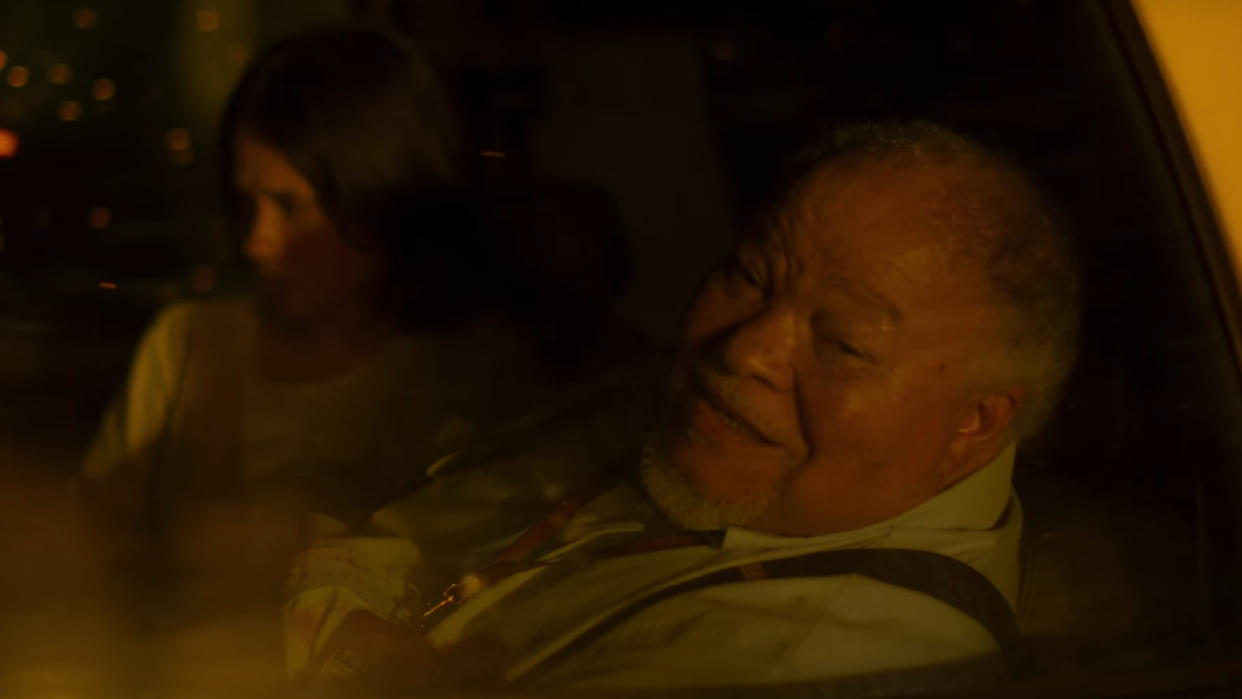
SPOILER WARNING: The following article contains major spoilers for Alex Garland’s Civil War. If you have yet to watch the 2024 A24 movie, please exercise caution or return after checking it out for yourself.
Alex Garland’s Civil War was a movie I desperately wanted to see on the big screen, but due to a busy spring schedule (seriously, there’s so much going on with such little time), getting to my local theater just wasn’t in the cards. So, when I saw that the highly touted A24 movie, which we gave five stars in our Civil War review, was available to watch on demand, I wasted no time and picked it up. To say I was blown away would be an understatement of epic proportions.
This tense war film resonated with me more than any other 2024 movie I’ve seen so far. And while there are some truly haunting scenes, like the intense Civil War ending, there is one scene in particular I haven’t been able to stop thinking about ever since. Allow me to explain…
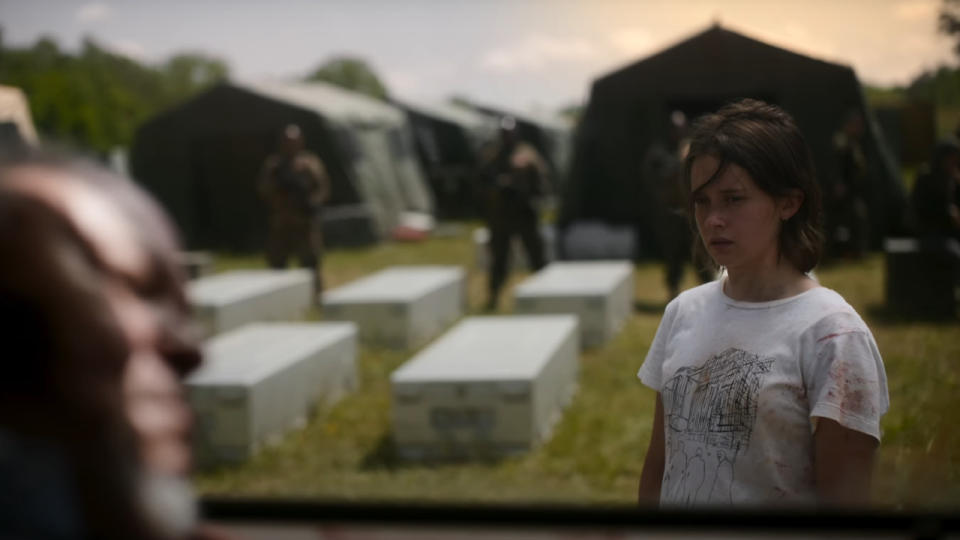
Civil War Was Great From Start To Finish, But The Nighttime Drive To Charlottesville Is A Marvel
From the opening speech by Nick Offerman’s President of the United States to the final shot of Civil War, Alex Garland’s unconventional war film is something to behold. The journey of four journalists (played by Kirsten Dunst, Cailee Spaeny, Wagner Moura, and Stephen McKinley Henderson) to capture the unfolding conflict and get to D.C. to interview the president is grueling, violent, and incredibly emotional, especially in one key scene.
After Sammy (Henderson) sacrifices himself to save his colleagues by driving into a militia (including Jesse Plemons’ unnamed character) before the reporters can be shot and buried in a mass grave, the journalists make their way to Charlottesville (the front line of the war). The aging New York Times reporter, mortally wounded from being shot in the rescue, begins fading away in the backseat of their vehicle as they drive through a burning forest as embers float about in the night sky like fireflies in an oddly soothing sequence.
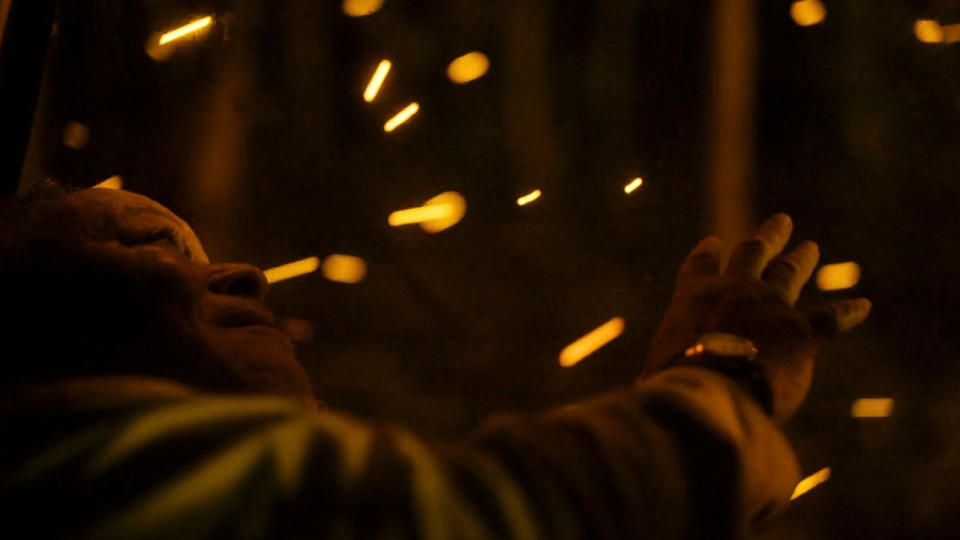
The Way Sammy's Final Hours (After His Big Sacrifice) Are Depicted Is Strikingly Beautiful And Poingnat
We see a lot of characters die in Civil War, but the death that hits the hardest (even more so than Dunst’s Lee Smith) is Sammy’s in the back of the team’s Ford Excursion.
The look on Sammy’s face as he fades away into a long and final rest is so innocent and pure, as if he is reverting back to being a child in his final moments of life. With his hand extended out the open window as if he’s attempting to catch the glowing embers, the dying man seems like he’s not only come to terms with his situation, but he’s welcoming it, as if he knows his role is complete. When we next see him, Sammy is leaning back in his seat, either asleep or already dead; it’s up to interpretation.
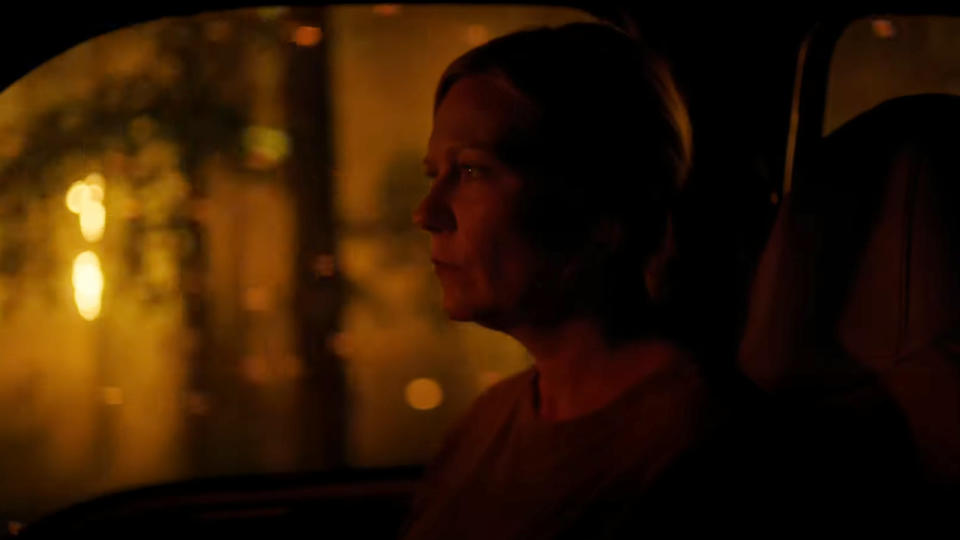
Every Major Character Is Given Time To Reflect, And The Same Goes For The Audience
Another thing I love about this sequence is that it gives the three surviving characters, as well as the audience, time to reflect on Sammy’s death and everything that led up to it. For the first time in well over an hour, we’re left with nothing more than stunning visuals and our thoughts. Joel (Moura), Jessie (Spaeny), and Lee all reflect and mourn in their own unique ways, whether it be furiously crying while surrounded by soldiers, taking (and deleting) a powerful photo, or standing in disbelief of what’s unraveling before them.
If Civil War ends up becoming a movie I can only watch once, I’m glad that this scene, and the way it depicts grief, duty, and the enduring human spirit, is something I got so much out of.
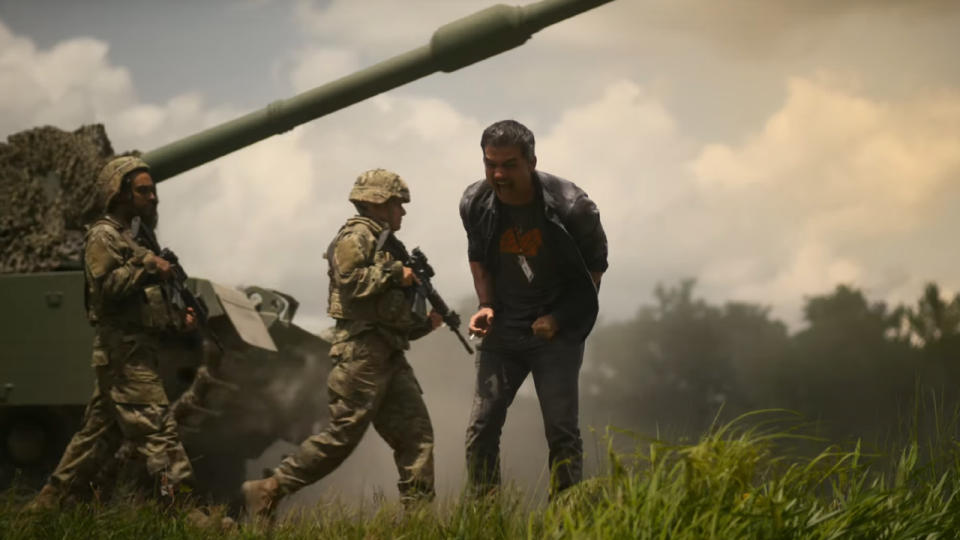
The Sequence Runs The Gamut Of Emotions
From the moment the group gets back in the truck after Sammy’s daring rescue until his dead body is removed by Western Forces soldiers to be placed in a coffin, the sequence runs the gamut of emotions. From excitement and joy from getting a new lease on life to realizing that their friend is bleeding out to coming to terms with his death, the survivors feel it all in the span of only a few minutes, and that’s something that should be celebrated about Alex Garland’s script and direction.
Happiness, sorrow, rage, confusion, it’s all there, and it feels like the sequence allows us to go through the five stages of grief before the action picks back up again. Not knowing such a powerful scene would be waiting for me when I started the movie also added even more emotion to the whole spectacle, and made me weep for a variety of reasons.
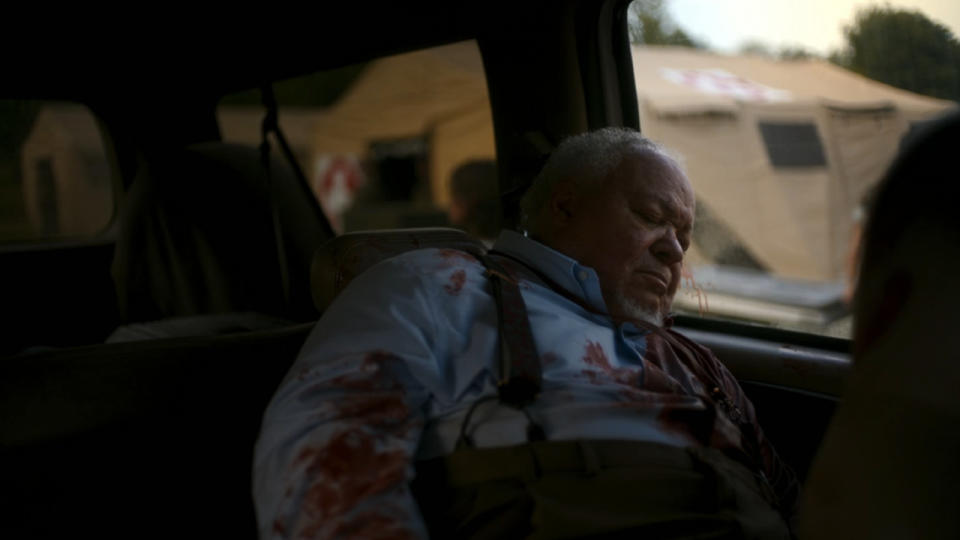
Sturgill Simpson's 'Breakers Roar' Is My Favorite (And The Most Impactful) Needle Drop Moment In Years
I’m a sucker for a great needle drop moment, and I’ve been a massive Sturgill Simpson fan for well over a decade now, so you can imagine how stoked I was to hear “Breakers Roar” from his 2016 Grammy Award-winning album, A Sailor’s Guide to Earth, playing during this incredible scene.
The down-tempo and melancholic song is perfect for a sequence like this, especially with its lyrics comparing and contrasting physical and mental wounds – “bone breaks and heals, oh, but heartaches can kill” – as well as lines saying life is “all a dream.” The track not only fits in with the tone and context of the scene, it makes it even more emotional and beautiful. Remember the feelings during the “Creep” sequence in Guardians of the Galaxy Vol. 3? Well, it’s like that but on a whole other level.
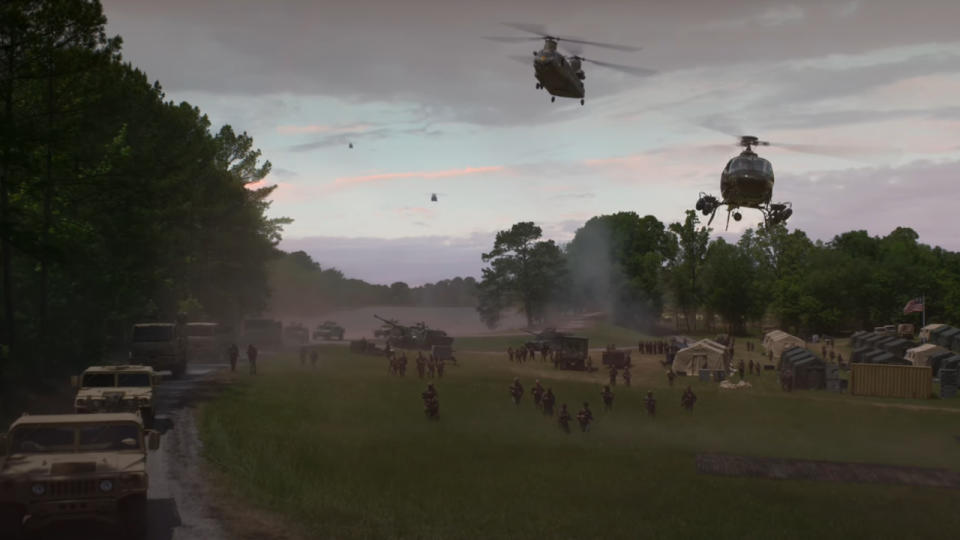
The Sequence Is Also Sort Of A Breather Before Civil War's Intense Third Act
Up until Sammy’s death, the movie moves at a blistering pace jumping from one battle or chase to another, without much time to get your bearings straight or catch your breath. But this sequence lets us do just that and it serves as a breather before the chaotic, intense, and explosive third and final act.
Could you imagine going from the run-in with the militia straight to the Washington, D.C. siege and everything that happens there? It would still be great, but you’d certainly get lost in the madness of it all. Instead, we resupply, rest, and come to terms with everything that’s happened before as we head into the biggest and baddest fight in all of Civil War. Personally, I got so much more out of the third act after this sequence cleansed my palate.
Like a lot of the other Alex Garland movies, Civil War was a film that took equal parts beauty and chaos to create a unique and forgettable cinematic experience, and this scene I’ve just talked about in great length illustrates that fantastically.

 Yahoo News
Yahoo News 
